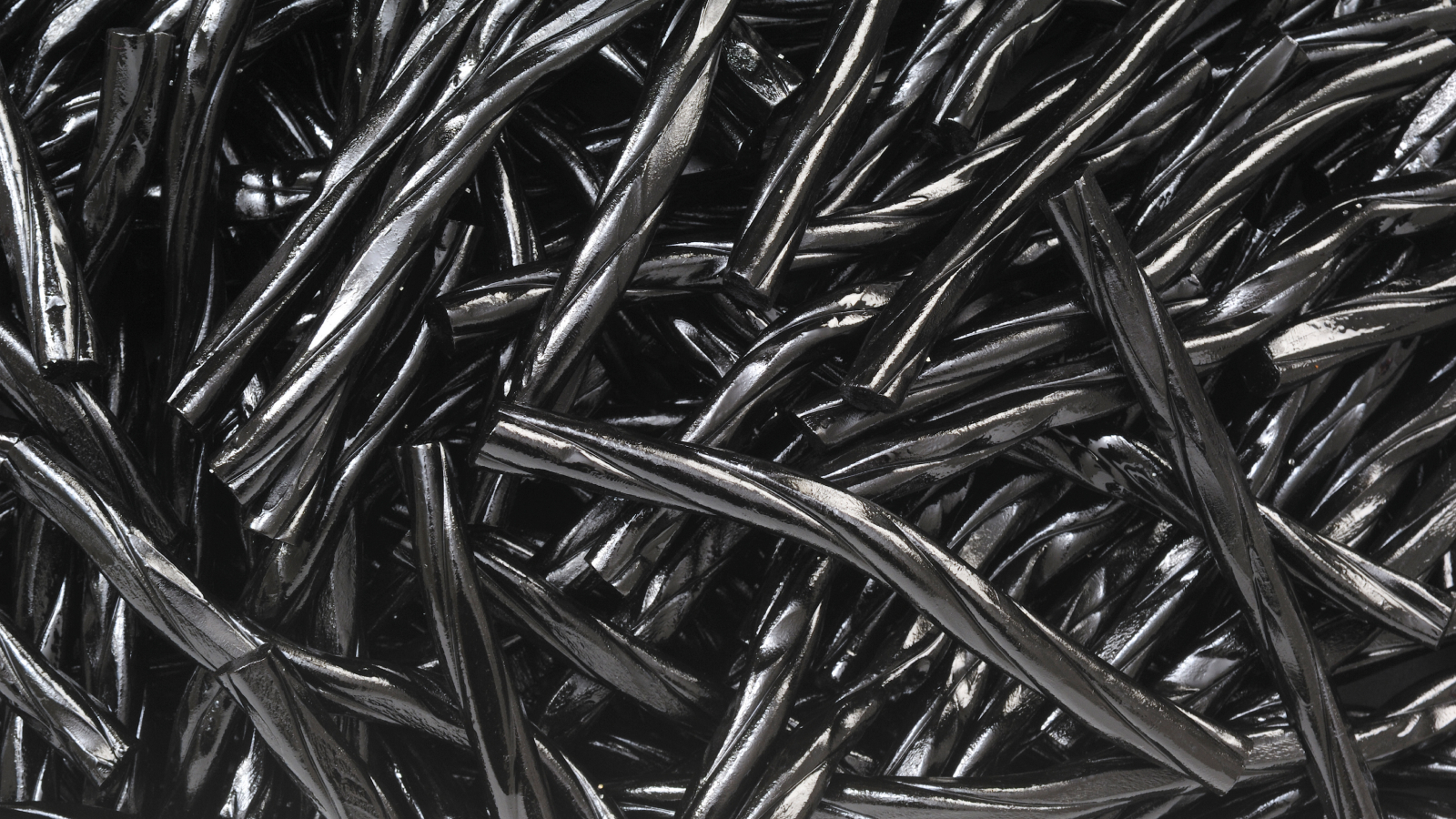Fermentation, Vol. 9, Pages 526: Hydrolase Production via Food Waste Fermentation and Its Application to Enhance Anaerobic Digestion of Sewage Sludge
Fermentation doi: 10.3390/fermentation9060526
Authors: Xuedong Zhang Ganghui Wang Jian Dong Min Chen Yanhua He He Liu Yajie Li Hongbo Liu
In the present study, a novel strategy for the effective production of hydrolase via fermentation of food waste was developed to improve methane production from anaerobic digestion of waste activated sludge (WAS). Via the pre-fermentation of food waste, hydrolase could be efficiently enriched and then directly used to enhance sludge hydrolysis with no need for extraction and purification of the enzymes. The results of this study indicate that the activities of the predominant hydrolase, mainly including protease and amylase enriched in the pre-fermented food waste, could reach 4861.10 U/g and 3909.14 mg/(mL·min), respectively. The elevated activities of hydrolases evidently enhanced sludge hydrolysis by more than 50% with the addition of 15 g fermented food waste per 200 g sludge. The released organic matter presented much better biodegradability, of which the BOD5/COD (B/C) increased from 0.33 of the raw WAS to 0.41 of the pretreated sludge. Moreover, methane production from sludge digestion was substantially improved and increased from 2140 mL to 7187 mL by adding 30 g fermented food waste into 200 g sludge, about 24.3% of which was contributed by the addition of the enriched hydrolase. The preliminary economic assessments of this present study indicate the net profit of sludge digestion of 7.99 USD/m3 sludge is likely to be harvested via applying this strategy. Furthermore, the results in this present study provide another innovative route to further optimize the conventional co-digestion process of WAS.

 1 year ago
43
1 year ago
43


